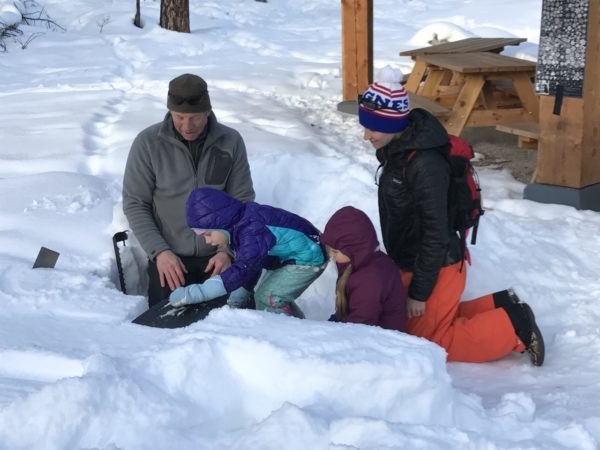Monitoring the snow surface and snowpack layering.
Avalanches commonly fail when there is evidence of instabilities. Sometimes these instabilities are obvious or easy to see, while other times it may require a keen eye or some digging into the snow. Obvious signs of instability, or red flags, should steer your decision-making in avalanche terrain. Most avalanche accidents have some combination of red flags that were overlooked. However, there are a number of other observations that you can make in the field to look for instabilities, gather more information about the snowpack, and support your decision-making. Sometimes the snowpack gives us clues that it is gaining strength. Bring a sense of curiosity anytime you are in the backcountry – your observations are the best way to understand the snowpack. Share your observations with your local avalanche center – they give forecasters a more complete picture of avalanche conditions, making for more accurate forecast products and better resources for public safety.
This section includes obvious signs of instability along with common tests or observations that practiced by recreators and practitioners in the field.

